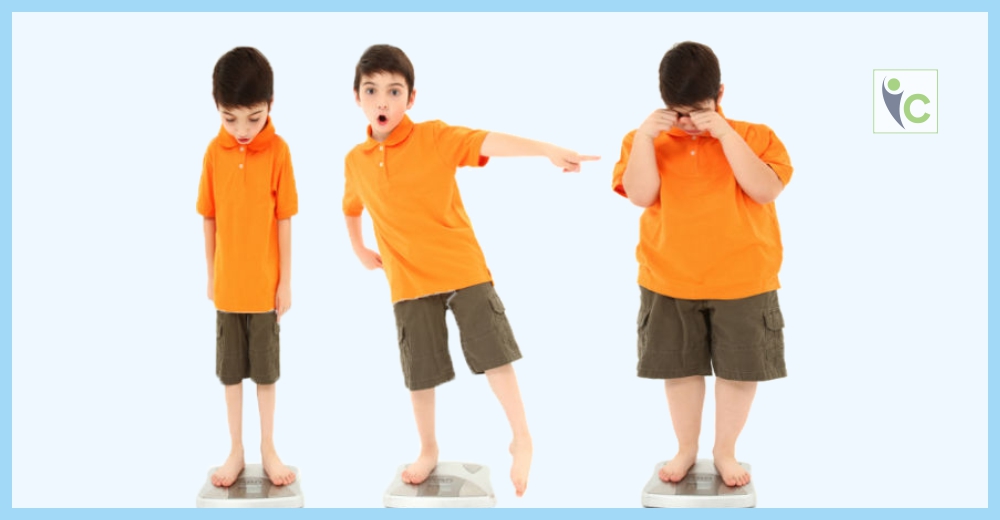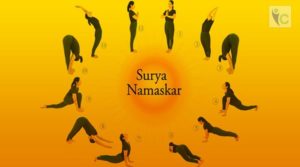Somewhere in the world, an old man was on his death bed, doctors pumping life into him artificially. He wished to die peacefully in his own home, surrounded by his family, and not on some hospital bed. Placing this will in front of the doctor and his family members, he asked them to take him home when still alive and let him die at his own conditions. After all the arguments and looking at his irreversible medical condition, they had to comply with his wish and they arranged to take him home. Living at the mercy of a ventilator, he asked to be free of this life-support after he met all his family for the last time, dying happily surrounded by everyone that he loved. The old man chose what we today call Passive Euthanasia.
The word Euthanasia, widely known as mercy killing, has created a hustle enough to grab everybody’s attention today. Sometimes attached with sentiments, sometimes with controversies, and sometimes with ethics, it has divided the world population in two parts- those in favor of and those against. Coming from the Greek words- ‘Eu’ meaning good, and ‘Thanatosis’ meaning death, Euthanasia is basically a term for ‘Good Death’. It is a term used for what they call peaceful, dignified, easy, or gentle death.
In our history, we can find countless acts where hopelessly incurable patients were given easy death. Years ago, in Greece, patients with terminal illness suffering with a lot of pain were given a poisoned drink, in the form of a medicine, by the physicians in order to bring them an easy death. Also, in India, incurable patients were drowned in River Ganges, to release them from the life full of pain. These are the perfect examples of active euthanasia- an act to bring upon a deliberate and direct death to a patient. In ancient times passive euthanasia, correctly termed as orthothanasia, was also practiced. In this, the patients are allowed to die, by with-holding or withdrawing the treatment, rather than killing them directly. During the rise of Nazis, under a program to eliminate life unworthy of life, Hitler ordered the sick and disabled to be euthanized on large-scale, in 1939. Although all through the history most of the religions and philosophers deemed euthanasia as a sin or a crime, there were some who advocated the action, for good, bad, as well as horrendous reasons.
There are various forms of Euthanasia- active and passive that we saw before, voluntary, non-voluntary, and involuntary, direct and indirect, and assisted suicide. Euthanizing a person on his/her own request is voluntary euthanasia. In non-voluntary euthanasia, a person is not in the condition to place the request or unable to make the choice, like a child or a mentally unfit patient, so someone on the behalf of them takes the decision. When the patient refuses to die and even then is euthanized, such a case falls under involuntary euthanasia and is mostly ruled as murder. In indirect euthanasia, a patient is given a treatment that has the side effect of speeding up the process of their death. This is usually done with the intention of reducing the pain and also called as palliative care today. As the motto is not to kill the patient but reduce the pain, it is accepted as euthanasia. In assisted suicide, a dying person who needs help to kill themselves is assisted in doing so to allow easy death.
The argument about the morality as well as the legality of mercy killing is age-old. It prevails even today and may exist always.
Most of the religions believe that the life is given to us by god and it is not ours to take. Moreover, euthanasia decreases our respect towards the sanctity of life, they argue. Although free to do our will, by taking someone’s life or helping in the act, we deny god’s right over our lives and hence euthanasia is morally unacceptable.
While this is the religious attitude, there are several practical reasons that put euthanasia under the bad light. People have argued about how there is no way to perfectly regulate euthanasia and how, once legalized, it can be misused to take somebody’s life for other benefits. There is an argument that voluntary euthanasia can be the beginning of the slippery slope towards the involuntary one. Then there is some philosophers’ long-standing feud about mercy killing not being in the best-interest of the patient and no living soul, in how much ever suffering, should be willing to kill themselves, under the pressure of euthanasia. They have also argued about how ending a person’s life not only affects him/her, but also their family and friends as well as society as a whole, and hence is not in the best interests of everyone. It is also said to give too much power to the doctors and hamper their commitment to the patients and demotivates the research of better cures. Many people believe that palliative care eliminates the need of euthanasia.
Recently, a lot of people have spoken up in the favor of euthanasia. They believe that it is a person’s right to choose to end the pain and the right to die. According to some, human rights that exist already cover the right of a person to die. There are arguments about how in the suffering of a patient, their family and friends suffer along with them, emotionally, financially, as well as physically. The patients choose euthanasia to end their pain as well as their loved ones’. Some people do not have resources to afford palliative treatment and hence, the patient suffers immeasurable pain and death may be a better option for them. It is argued that it is possible to regulate euthanasia; some go to an extent to say that the laws against murder are sufficient for such regulations. They say that if the death of a person causes no harm to anyone, their right to die shouldn’t to be taken away from them.
These differences in people’s beliefs and thoughts continue to exist. They exist in the arguments of medical experts as well; while some speak in favor of it, some are completely against. There may never be a definitive answer to the question of ethical validation of euthanasia.
Many efforts have been made to change the laws and policies related to euthanasia in various countries. Even then, we see a limited success to its legality in today’s day. Belgium has the most liberal law for euthanasia; it not only gives the right to physically and mentally ill adults to it, it has also legalized euthanasia for terminally-ill children. Other countries where mercy-killing has been made legal are Colombia, Netherlands, Luxembourg, and Canada. While active euthanasia is illegal in many countries, passive has been made legal by many of them, including Argentina, Chile, India, Germany, Finland, Sweden, to name some. Australia, Turkey, France, and Philippines are one of the few countries where any form of euthanasia is completely illegal. Western countries are seen to become more accepting of people’s right to die, but on their own conditions that are sometimes liberal and sometimes stringent.
Euthanasia, a word associated with morality, ethics, controversies, arguments, and so much more, has been a good and bad story of many people’s life. While it can be exploited for heinous reasons, with proper regulation policies in place it is the end of pain for many. Used as a blessing in disguise, a blessing of peaceful death, it may enforce the complete freedom a person can have over their lives. Yet, the question remains, about its morality and acceptance. And maybe it always will.













